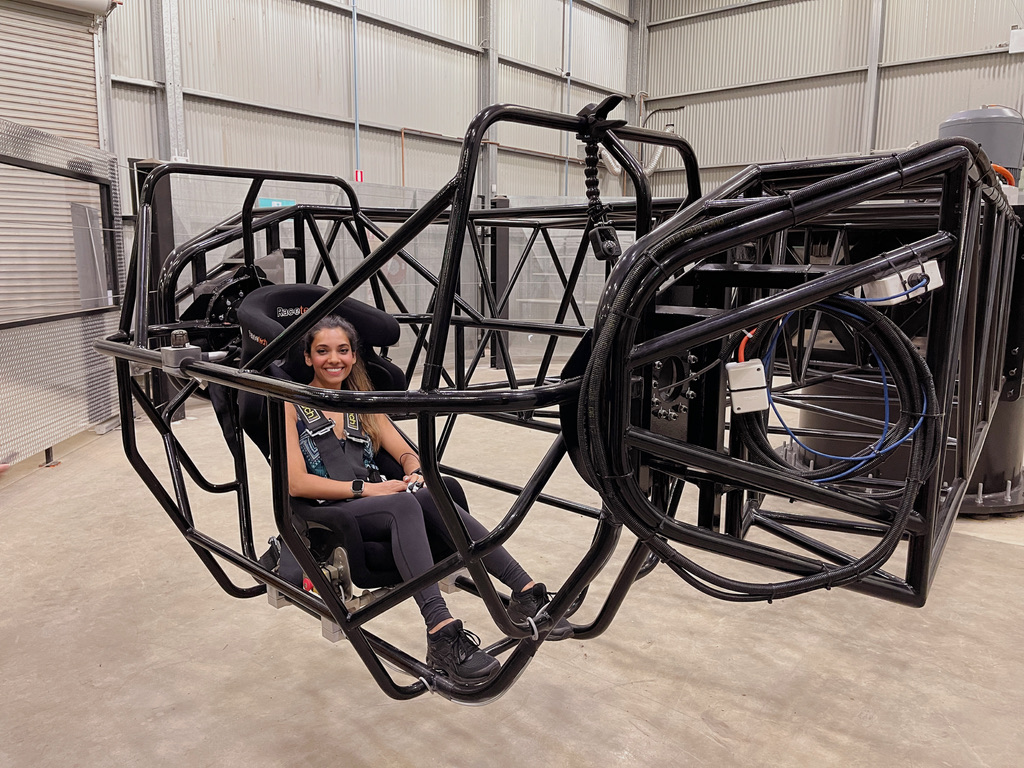In an Australian scientific breakthrough, a tiny device capable of translating brain signals into computer commands began a world-first clinical trial in 2019. The Stentrode™, a world-first matchstick-sized brain-computer interface (BCI), was implanted into a blood vessel in the brains of two people severely paralysed with motor neuron disease.
With the first in-human trial successfully underway, the team, including bioelectronics medicine company, Synchron, bean analysing the data and developing algorithms to translate neural activities into digital actions. A PhD student from the University of Melbourne was brought in to help with the efforts.
Supported by a DSI Student Internship Grant through the APR.Intern Program, Synchron welcomed James Bennett on board for a short-term placement.
James’ strong background in biomedical engineering made him the ideal candidate. He applied his skills to develop algorithms that were influential in allowing the clinical trial participants to perform instrumental activities of daily living using a computer with their minds – an innovation with the potential to restore independence to people with paralysis.
“Brain-computer interfaces have the potential to record and interpret brain activity to facilitate control of devices such as a personal computer, robotic arm, or a wheelchair. Technology of this nature also has applications in defence,” James said, speaking to Stentrode™’s wide range of applications.
The device, whose early development was encouraged by a grant from DARPA and the collaboration of University of Melbourne researchers, enabled recipients to email, text, shop and bank online through thought without the need to use any physical part of their bodies. Two additional people have received the device this year.
Under the guidance of his Academic Mentor, University of Melbourne’s Dr Sam John and Industry Supervisor Dr Peter Yoo, James gained valuable clinical experience during his internship. He had the chance to work with participants, utilising Synchron’s custom software for recording, analysing and interpreting brain activity.
For James, contributing to the development of a device in the making since 2012 was an exciting opportunity. “The internship provided me with a front-row view of the potential impact transformative technology can have on people with loss of limb function,” he said.
“I thoroughly enjoyed working on this project because of its potential to help others, while being at the forefront of advancing human capability,” added James, who is continuing with Synchron on a full-time basis following the completion of his PhD.
James Bennett’s story is one of many successful examples of research progression to come out of DSI. DSI aims to establish connections between industry and academia and encourages researchers who may not have had any experience with the defence sector to make contact to leverage the many grant and support options available to advance their research.



